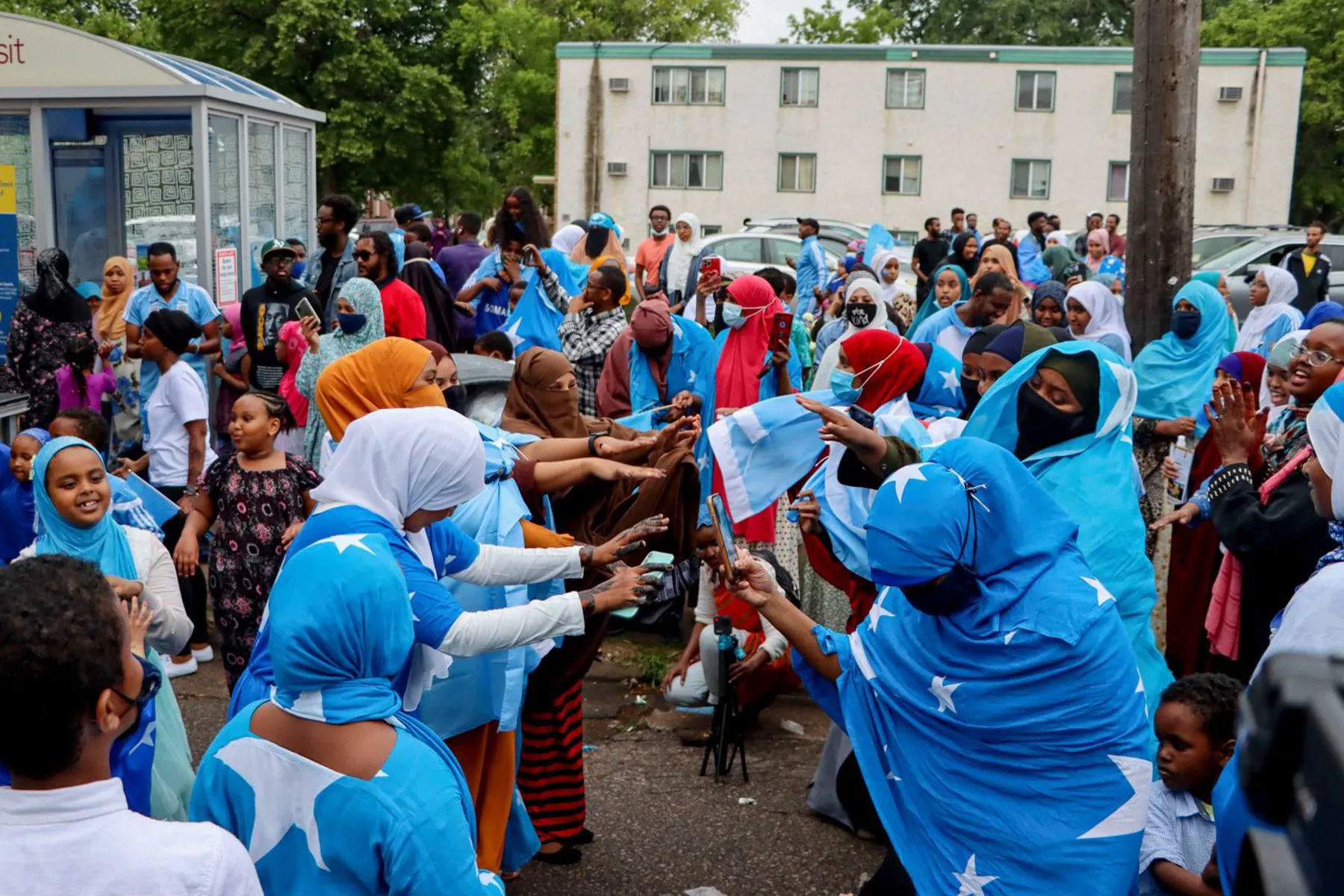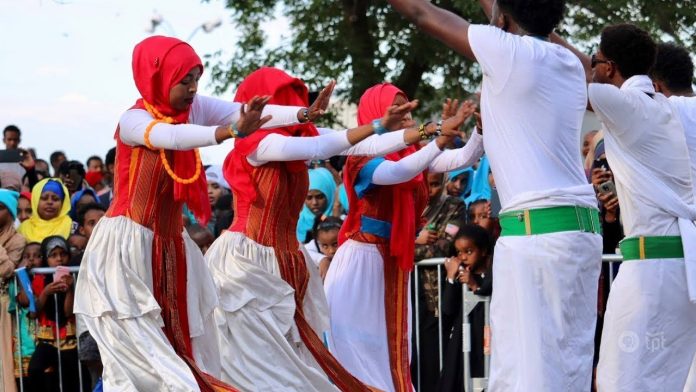In recent years, Somalia has seen a cultural renaissance, despite the ongoing challenges the country faces. This resurgence is marked by the reopening of key cultural institutions that had been closed for almost 30 years due to conflict.
The National Museum, the National Theatre, and the National Library have all reopened, becoming beacons of hope and symbols of resilience for the Somali people. These institutions play a crucial role in preserving Somalia’s rich cultural heritage and fostering a sense of national identity.
This cultural revival is not limited to the capital, Mogadishu. In the autonomous region of Somaliland, the annual Hargeisa International Book Fair attracts authors, artists, and intellectuals from around the world, celebrating Somali literature and arts.
However, this cultural renaissance is happening in the context of ongoing security challenges. The armed group Al-Shabab continues to carry out attacks in different parts of the country. Despite these challenges, the Somali people’s determination to reclaim and celebrate their cultural heritage remains undeterred.
The Somali government, with the support of international organizations like UNESCO, is developing a national strategy for culture. This strategy aims to harness the power of culture as a driver of socio-economic development and a tool for promoting peace and social cohesion.
As the cultural renaissance continues, the Somali people are also making strides in other areas. The education sector, for instance, has seen significant improvements. More children are attending school than ever before, and the government is investing heavily in improving the quality of education.
In the business sector, Somali entrepreneurs are harnessing the power of technology to drive economic growth. Tech start-ups are sprouting across the country, offering innovative solutions to everyday challenges. From mobile money services to online marketplaces, these businesses are not only creating jobs but also fostering a culture of innovation.
Moreover, the Somali diaspora is playing a crucial role in this renaissance. Many Somalis who had fled the country during the conflict are now returning, bringing with them skills, experiences, and connections that are invaluable to the country’s development.
However, the road to recovery is not without its challenges. Issues such as security, governance, and infrastructure remain significant hurdles. But with the resilience and determination that the Somali people have shown, there is hope that these challenges will be overcome.
In the end, the story of Somalia’s cultural renaissance is one of resilience in the face of adversity. It’s a story of a people refusing to be defined by conflict, but instead, choosing to celebrate their rich cultural heritage and aspire for a better future. And while the journey is far from over, the Somali people have shown that they have the strength and the spirit to keep moving forward. 

